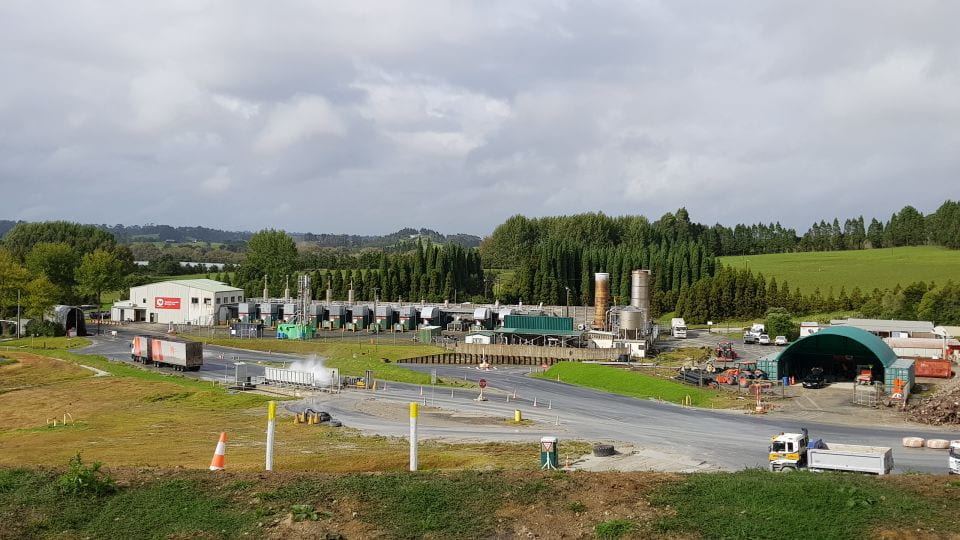In 2016, Aucklanders sent 1.6 million tonnes of waste to landfill for disposal. Around 14% came from household kerbside collections, and 86% from commercial and other activities. That’s over one tonne of rubbish for every Aucklander. The Redvale Landfill and Energy Park, north of Auckland, is an example of a modern landfill, engineered to recover energy from the waste that is securely disposed of to land. Developed, owned and operated by Waste Management NZ Ltd, the landfill receives approximately 50% of Auckland’s residual waste for disposal. By weight, plastics accounts for approximately 14% of this waste stream.
Unlike the historical dumps operated prior to the introduction of the Resource Management Act 1991, a modern landfill such as Redvale provides an environmentally secure point of disposal with sophisticated engineering that prevents leakage of landfilled materials into the environment. An engineered liner and leachate management system is developed prior to any waste placement which ensures the leachate is extracted and treated by an approved process. As methane is produced by the decomposing organic refuse and potentially biodegradable plastics, a landfill gas management system is progressively installed within the waste to capture and extract the landfill gas, which is then used as a source of renewable energy.

The Redvale Landfill and Energy Park, north of Auckland. Credit: LEARNZ.
At the Redvale facility the landfill gas, which is approximately 50% methane, is used to generate electricity and provide a source of heating and carbon dioxide to a neighbouring Aubergine greenhouse complex. Currently Waste Management extracts approximately 36 million cubic metres of methane out of the landfill per annum and turns it into clean, green energy, rather than letting it contribute to climate change. Redvale landfill’s current energy generation has the capacity to power 14,000 homes on the local grid making it Auckland’s largest generator of renewable energy. It is estimated that the landfill could power up to 18,000 homes by 2025. Once closed, Redvale Energy Park will continue to generate renewable energy, albeit it at a declining rate, over the following 25 to 30 years.
Currently, Redvale landfill’s energy generation has the capacity to power 14,000 homes on the local grid
Though we aspire to achieve zero waste for plastics in the future, we need a disposal solution that can be used now. It is economic to establish infrastructure for modern landfills around the country (to reduce emissions related to transporting waste), and these facilities can be engineered to ensure low environmental impacts coupled with gas capture and energy generation. The best practice demonstrated by modern landfills such as Redvale needs to become standard practice across landfills in Aotearoa New Zealand in order to reduce the environmental impacts associated with disposing of plastic waste, including remediating legacy dumps at risk of damage (read the Case Study).
